Dogs are not just our loyal companions; they’re also incredible athletes! Understanding their muscle structure and movement can help us keep them healthy and happy while they romp around. Let’s dive into this playful topic!
Dog Muscle Structure
Dogs have some similarities to humans when it comes to muscles, but they also have their own unique features. Their muscles can be divided into three main types:
1. Skeletal Muscle
- These are the show-offs of the muscle world, responsible for all the jumping and running we love to see. Dog skeletal muscles are super elastic and powerful, allowing for those lightning-fast sprints!
2. Smooth Muscle
- These muscles work behind the scenes, controlling the movements of internal organs like the stomach and intestines. While they don’t directly boost athletic performance, they’re essential for keeping everything in tip-top shape.
3. Cardiac Muscle
- This muscle makes up the heart, ensuring a steady flow of oxygen and nutrients during all those exciting play sessions.

Dog Athletic Ability
A dog’s athletic ability is influenced by a mix of factors, including muscle type, skeletal structure, and cardiovascular health. Here are some fun highlights:
1. Muscle Fiber Types
- Dog muscle fibers come in two flavors: fast-twitch and slow-twitch. Fast-twitch fibers are perfect for quick bursts of energy, while slow-twitch fibers are all about endurance. Different breeds have their own special mix—hounds love their speedy sprints, while herding dogs excel at longer, steady activities!
2. Skeletal Structure
- A dog’s bones are like lightweight champions—strong and flexible! This structure helps them bounce around, jump high, and swim like pros.
3. Cardiovascular Health
- A strong heart and lungs are key for keeping up with all those adventures. Regular aerobic activity helps boost your dog’s endurance and keeps them feeling fabulous!

Meeting Your Dog's Exercise Needs
Understanding your dog’s physiology means you can tailor their exercise routine to keep them wagging their tails:
- Regular Exercise: Create a fun exercise plan that suits your dog’s age and size. Puppies love to play, while older dogs appreciate leisurely strolls.
- Variety in Activities: Mix things up! Running, swimming, and hiking can keep your dog excited about exercise. And don’t forget the toys!
Always make sure the play environment is safe to keep those playful antics injury-free.

Conclusion
By understanding your dog’s muscle structure and athletic abilities, you can provide better care and strengthen your bond. With thoughtful exercise routines and the right toys, your furry friend can lead a joyful, energetic life. Let’s support our dogs in having the best exercise adventures possible! 🐾🎉














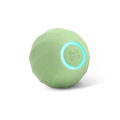


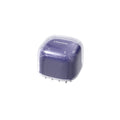
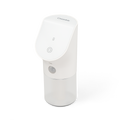
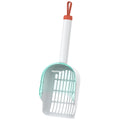


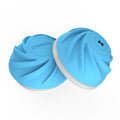
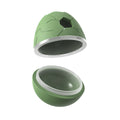
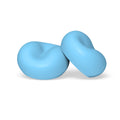






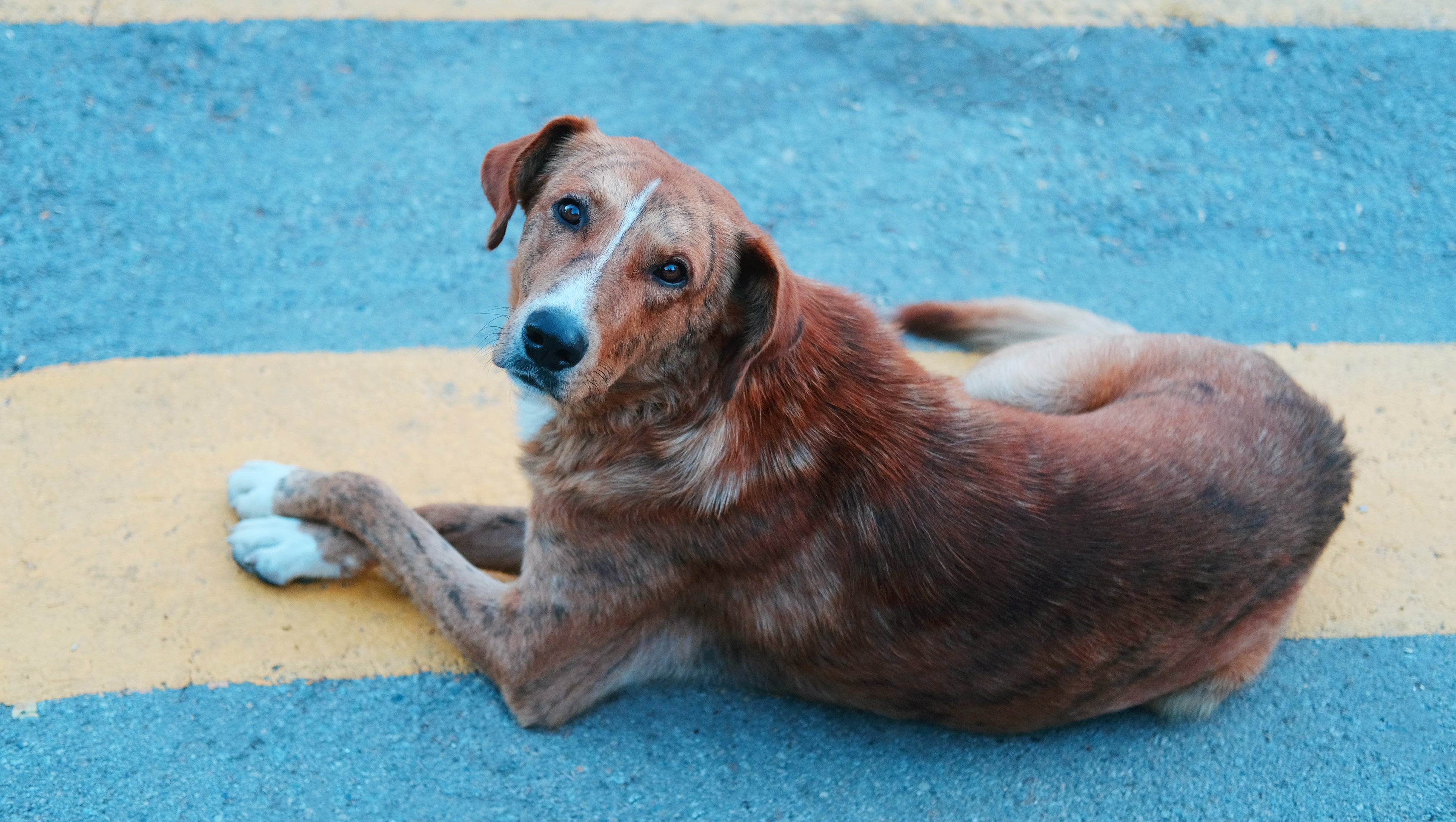
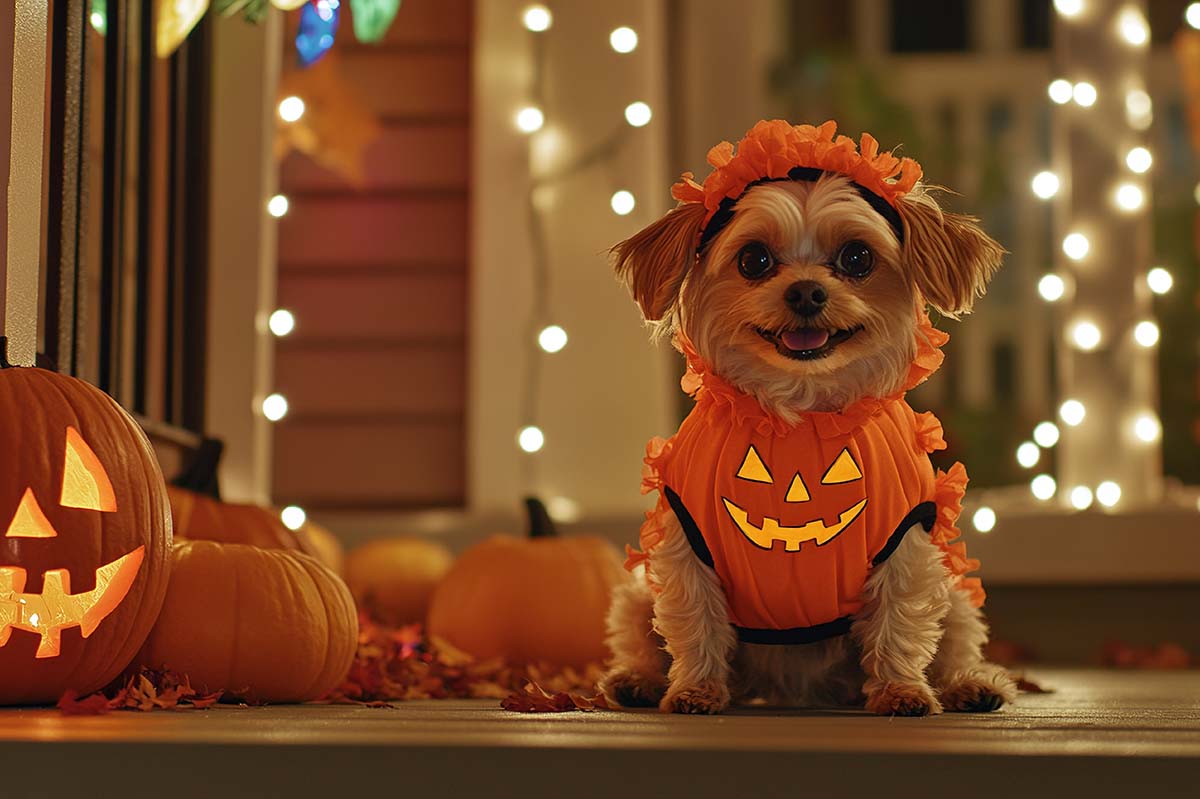
Laisser un commentaire
Tous les commentaires sont modérés avant d'être publiés.
Ce site est protégé par hCaptcha, et la Politique de confidentialité et les Conditions de service de hCaptcha s’appliquent.